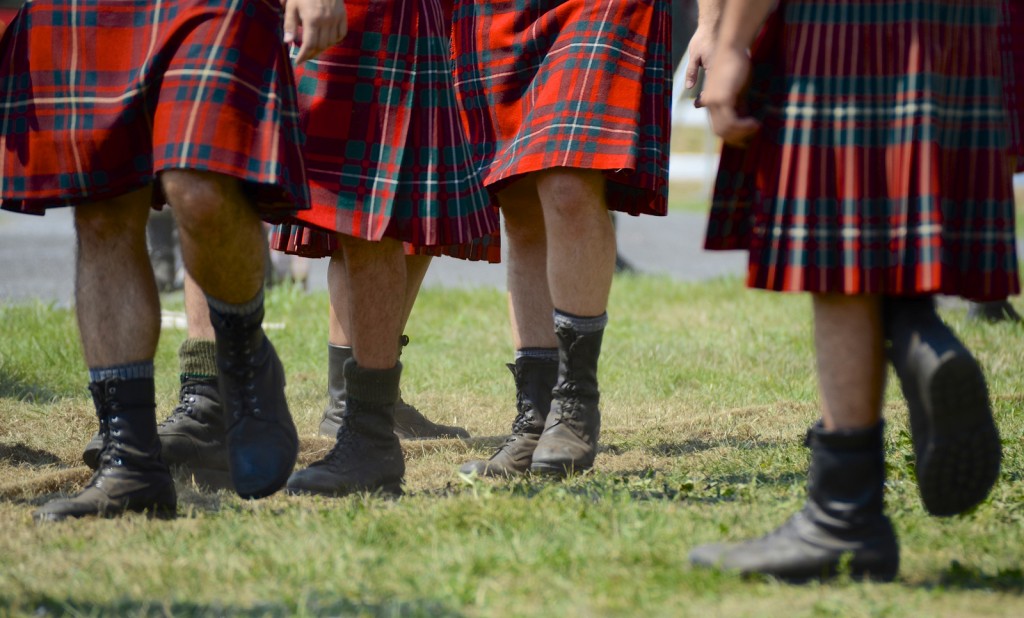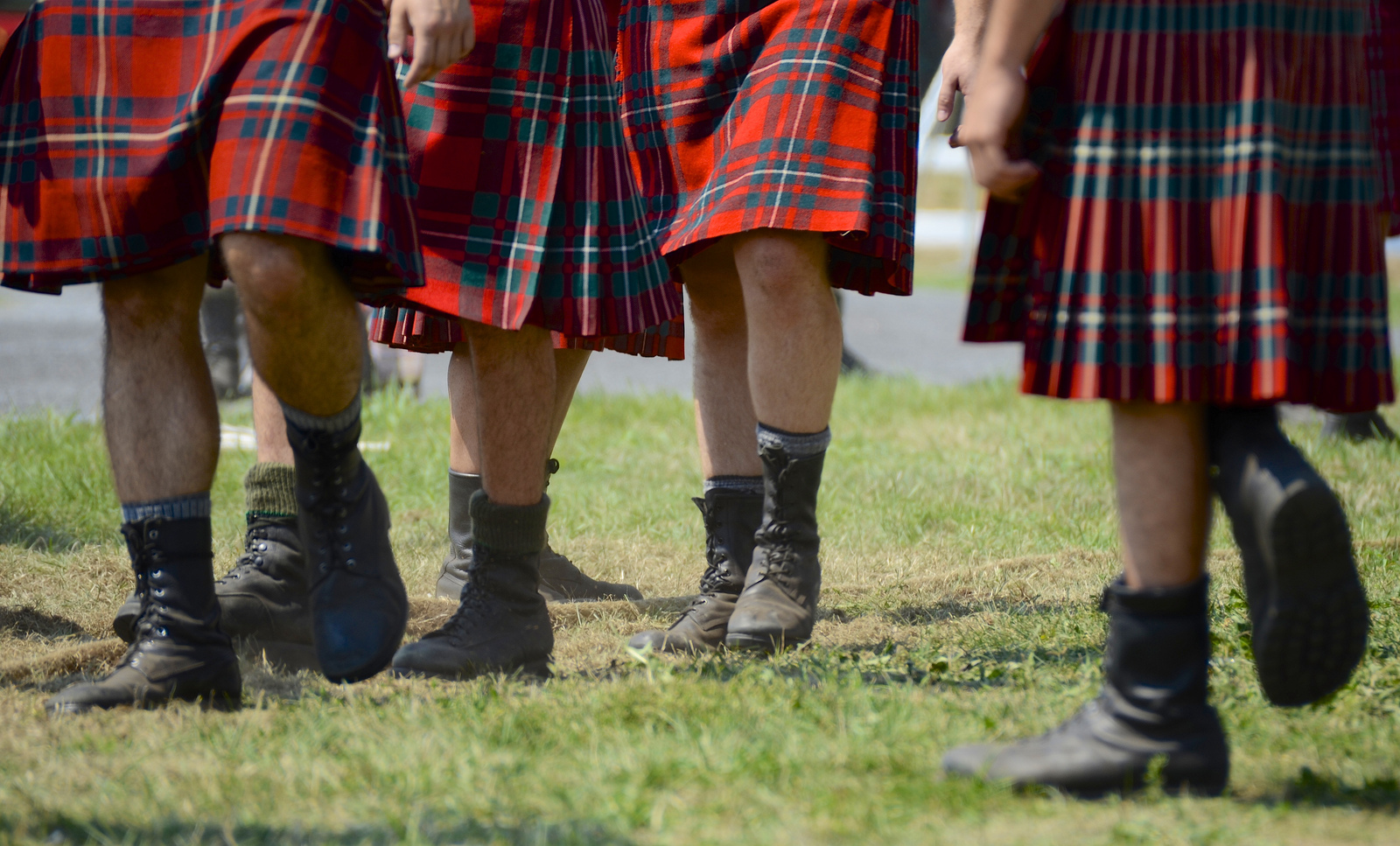By Ashley Mussbacher (The Cascade) – Email
Print Edition: October 9, 2013

Autumn brings crisp mornings, red and yellow leaves, giant spiders, and plaid.
You can’t go anywhere this time of year without seeing it. It evolves a little each year, but it’s still there – like that boyfriend you dumped in high school and keep running into. But where the heck did it come from? (Plaid, not your ex.)
As it turns out, plaid has a long history. The criss-cross pattern consisting of horizontal and vertical bands of colours is actually called tartan. While tartan is often associated with Scotland as a whole, according to the Scottish Tartans Society (STS), it originates in the Highlands.
“The dress today remains attractive, distinctive, colourful, and martial. It has come to be linked with the virtues of courage and hardiness, with love of an area and with the music, poetry, and culture of the Highlands.”
It is hard to say when tartan evolved into the garment known as the belted plaid (“which itself was the forerunner of the modern kilt,” STS says). In North America the STS notes that plaid is sometimes worn as a dress, but that the meaning of the Gaelic word plaide (pronounced “pladjer”) means “blanket.”
So now we know where the tartan came from, but what about the colours and patterns? Do they mean anything?
According to STS, the multi-coloured cloth played into the Highlanders’ intimate relationship with their environment.
However, the idea that each coloured tartan holds a unique meaning is purely a modern one.
According to The Clans of Scotland by M. MacDonald, there is no evidence to suggest the patterns had any meaning. The myth is that red tartans were “battle tartans,” because they did not show blood, that there were also provincial and territorial tartans, that blue symbolizes lakes or rivers, and yellow is used to represent various crops.
If the meanings behind the colours are a myth, then what about the pattern and design? On the website “The Scottish Register of Tartans,” established in 2008 by Scottish Parliament “to protect, promote and preserve tartan,” you can compare, register, and record tartan designs. The design is broken down into two categories: pallet and threadcount. Based on this information, a record can be drawn up and back-dated.
Under “history” there is an image of a piece of tartan which is “believed to be from the plaid of Bonnie Prince Charlie, given to Lady Mackintosh at Moy Hall, Inverness-shire, where he rested before the Battle of Culloden in April 1746. Tests have been carried out on the dyes, which suggest the tartan is of the correct period.”
The earliest mention of Highland tartan is in 1538 in the Exchequer records. If you have a piece of tartan and want to know where the design came from, try it out.
And when you slip on your warm plaid fall jacket and scarf, just remember this is no mere fad, but an ages-old tradition.


